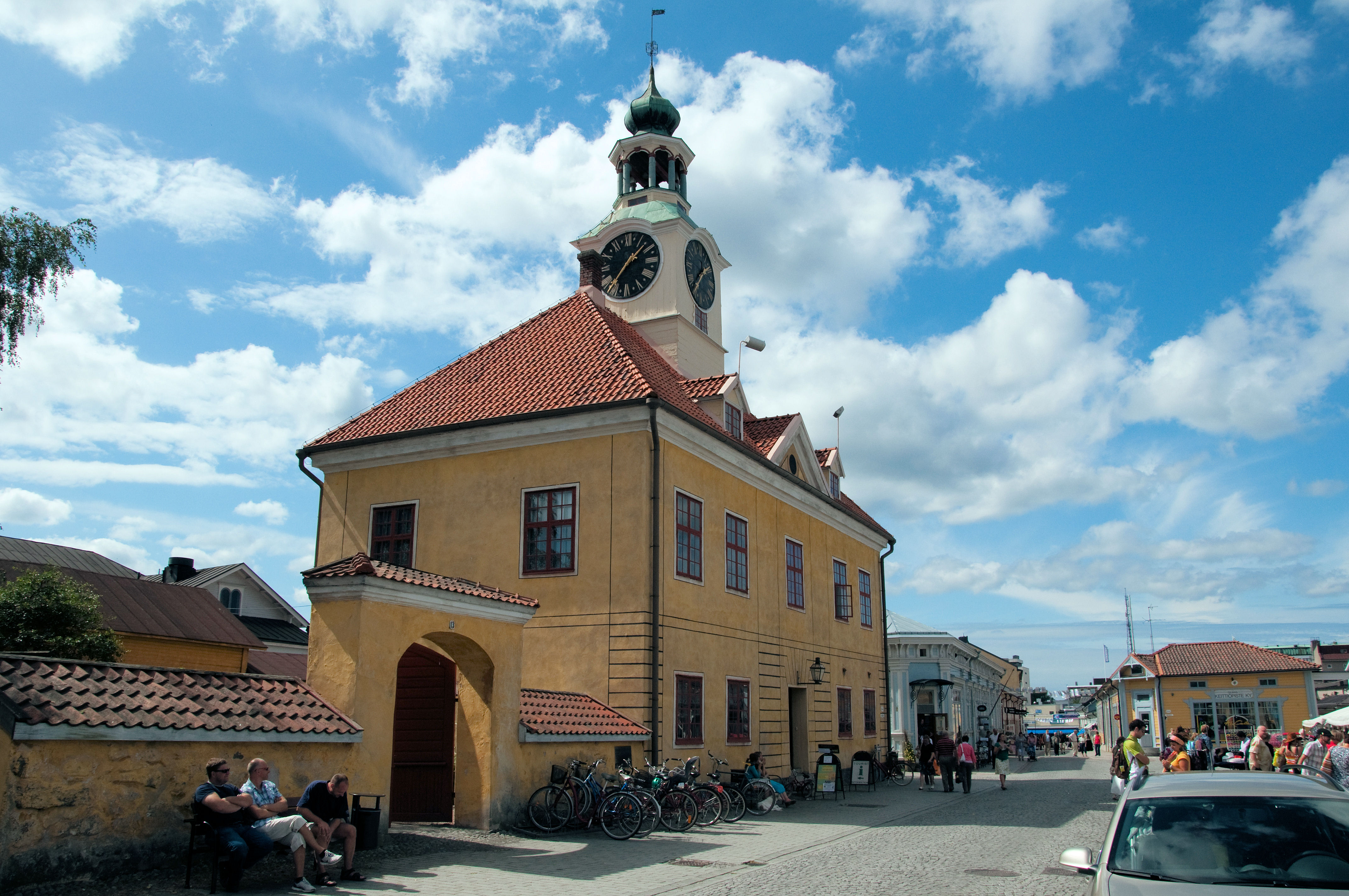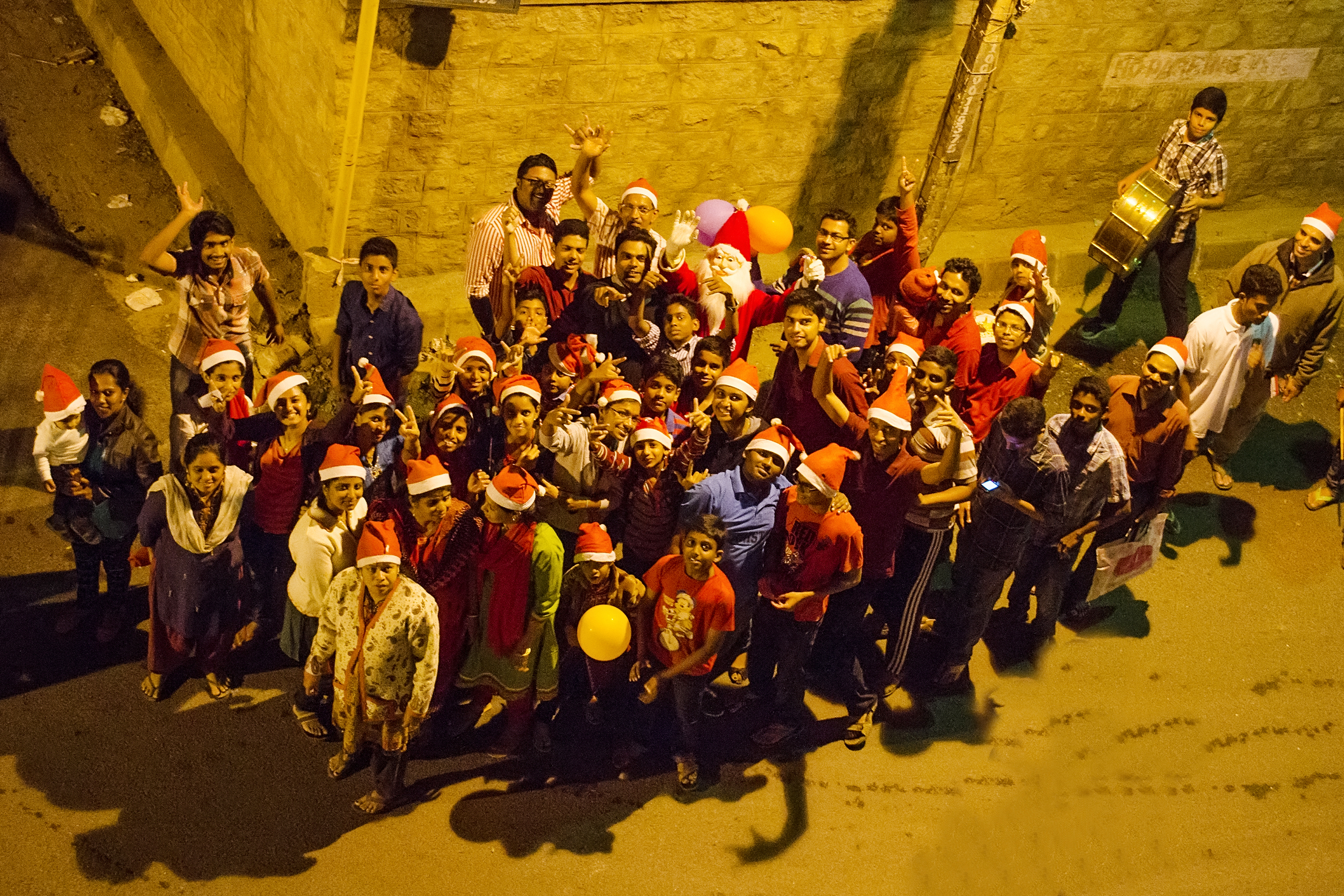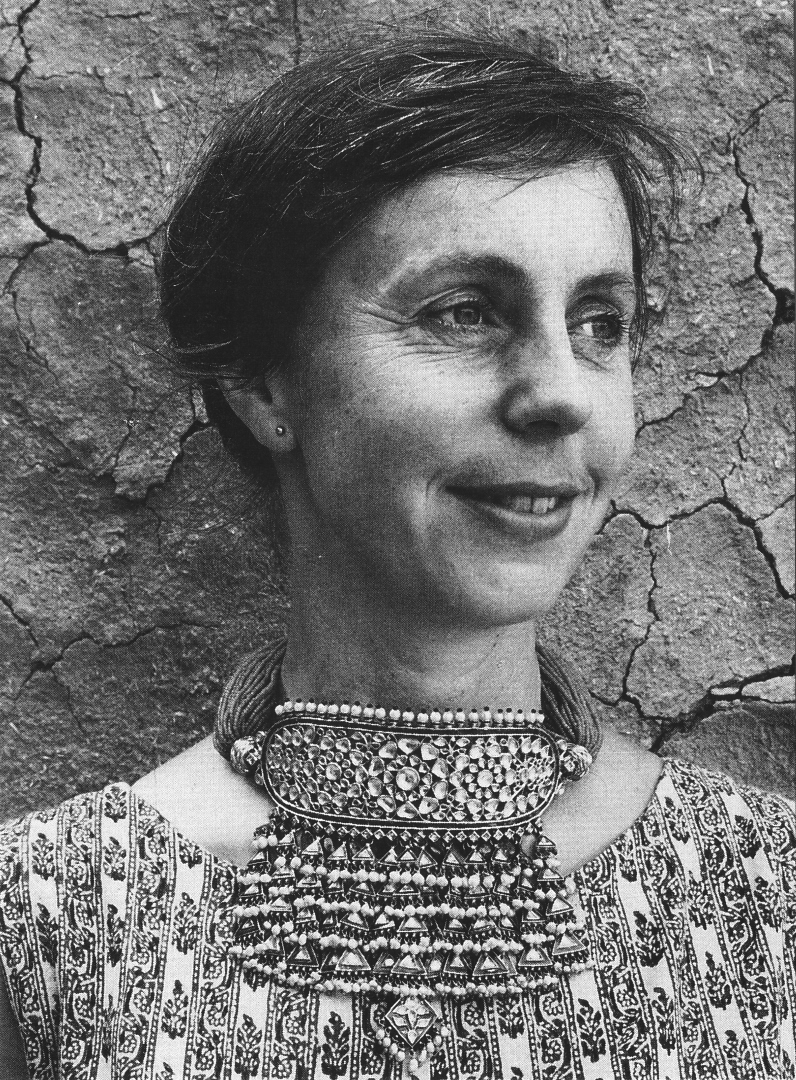|
Porvoo Old Town Hall
The Porvoo Town Hall (or the Porvoo Rathaus; fi, Porvoon raatihuone; sv, Borgå rådhus) is a former town hall and current museum in Porvoo, Finland. It is located in the old town of Porvoo, in the immediate vicinity of the market square. Porvoo Town Hall is the oldest town hall building in Finland, as the first written mention of the older Porvoo Town Hall dates back to 1545. The main contractor of the current town hall was Gabriel Hagert (1706–1774), the Mayor of Porvoo, who received financial support from the parliament and the Nyland Brigade for construction work. The building was designed by master builder Gotthard Flensborg (1723–1803). It was built between 1762 and 1764 and was mainly built between 1763 and 1764. The town hall was commissioned no later than the autumn of 1764. Its wooden bell tower was completed in 1771. The building represents Hårlemanian Baroque classicism. It is two-floor, brick and with an attic roof. The foundations of the building have no ... [...More Info...] [...Related Items...] OR: [Wikipedia] [Google] [Baidu] |
Tartu Town Hall
Tartu Town Hall ( et, Tartu raekoda) is the seat of the city government of Tartu, Estonia. It is located on Town hall square, in the city centre. History and architecture The history of the town hall pre-dates the current town hall, as the present building is the third consecutive town hall built on the same location. It was erected, following the Great fire of Tartu, between 1782 and 1789 to designs by the German architect Johann Heinrich Bartholomäus Walter. From the outset, the building was designed to house a number of tenants in addition to the city government; a prison and a storage for weighs and measures were included already in the original drawings. The town hall has always suffered from a lack of space, and to this day a pharmacy is located in parts of the premises. The architect and mason, J. H. B. Walther, also worked on the Von Bock House which was across the square and was being completed at the same time as the town hall was constructed. [...More Info...] [...Related Items...] OR: [Wikipedia] [Google] [Baidu] |
Rauma Old Town Hall
Rauma Old Town Hall is a building located in the UNESCO World Heritage Site of Old Rauma in Rauma, Finland. The town hall was built in 1776 by the design of German architect Christian Friedrich Schröder. It represents late Baroque style, although the basic structure of two stories and a clock tower is common in the Medieval towns of Europe.Old Town Hall Rauma Museum. Retrieved 22 December 2013. As the new town hall was completed in 1910, Old Town Hall has been the home of . and Rauma are the only preserved 18th century town halls in Finland. See also ...
|
Porvoo Cathedral
Porvoo Cathedral ( fi, Porvoon tuomiokirkko; sv, Borgå domkyrka) is a cathedral of the Evangelical Lutheran Church of Finland in Porvoo, Finland. It was built in the 15th century, although the oldest parts date from the 13th century. It is the seat of the Diocese of Borgå, Finland's Swedish-speaking diocese (Borgå is the Swedish language form of Porvoo). The cathedral is also used for services by the Porvoo Finnish-speaking parish, which is administratively part of the Diocese of Helsinki. The church first became a cathedral in 1723, when the diocese of Viipuri (Viborg) (now the Diocese of Tampere) moved to Porvoo, after Vyborg was ceded to Russia in the Treaty of Nystad. History The church was originally made of wood. The first stone walls were built between 1410 and 1420, and in about 1450, the church was expanded towards the east and towards the south. The church has been destroyed by fire numerous times; in 1508 by Danish forces and in 1571, 1590 and 1708 by Russian f ... [...More Info...] [...Related Items...] OR: [Wikipedia] [Google] [Baidu] |
Christmas Carol
A Christmas carol is a carol (a song or hymn) on the theme of Christmas, traditionally sung at Christmas itself or during the surrounding Christmas holiday season. The term noel has sometimes been used, especially for carols of French origin. Christmas carols may be regarded as a subset of the broader category of Christmas music. History The first known Christmas hymns may be traced to 4th-century Rome. Latin hymns such as Veni redemptor gentium, written by Ambrose, Archbishop of Milan, were austere statements of the theological doctrine of the Incarnation in opposition to Arianism. Corde natus ex Parentis (''Of the Father's heart begotten'') by the Spanish poet Prudentius (d. 413) is still sung in some churches today. In the 9th and 10th centuries, the Christmas sequence (or prose) was introduced in Northern European monasteries, developing under Bernard of Clairvaux into a sequence of rhymed stanzas. In the 12th century the Parisian monk Adam of Saint Victor bega ... [...More Info...] [...Related Items...] OR: [Wikipedia] [Google] [Baidu] |
Christmas Eve
Christmas Eve is the evening or entire day before Christmas Day, the festival commemorating the birth of Jesus. Christmas Day is observed around the world, and Christmas Eve is widely observed as a full or partial holiday in anticipation of Christmas Day. Together, both days are considered one of the most culturally significant celebrations in Christendom and Western society. Christmas celebrations in the denominations of Western Christianity have long begun on Christmas Eve, due in part to the Christian liturgical day starting at sunset, a practice inherited from Jewish tradition and based on the story of Creation in the Book of Genesis: "And there was evening, and there was morning – the first day." Many churches still ring their church bells and hold prayers in the evening; for example, the Nordic Lutheran churches. Since tradition holds that Jesus was born at night (based in Luke 2:6-8), Midnight Mass is celebrated on Christmas Eve, traditionally at midnight, in c ... [...More Info...] [...Related Items...] OR: [Wikipedia] [Google] [Baidu] |
Christmas Peace
Christmas Peace ( fi, joulurauha, sv, julfrid) is a tradition based on old Swedish legislation created by Birger Jarl in the 13th century, extending the tradition of the Peace and Truce of God, Truce of God. Offenders who committed crimes on religious holidays like Christmas were given harsher punishments. Today it is a tradition to recommend that people behave in a respectful and peaceful manner at Christmas.Roots of the Christmas Peace in ancient peace legislation City of Turku. Retrieved 5 December 2013. The Declaration of Christmas Peace has remained in Finland where it is an essential part of the Christmas tradition.The Decla ... [...More Info...] [...Related Items...] OR: [Wikipedia] [Google] [Baidu] |
Medieval
In the history of Europe, the Middle Ages or medieval period lasted approximately from the late 5th to the late 15th centuries, similar to the Post-classical, post-classical period of World history (field), global history. It began with the fall of the Western Roman Empire and transitioned into the Renaissance and the Age of Discovery. The Middle Ages is the middle period of the three traditional divisions of Western history: classical antiquity, the medieval period, and the modern history, modern period. The medieval period is itself subdivided into the Early Middle Ages, Early, High Middle Ages, High, and Late Middle Ages. Population decline, counterurbanisation, the collapse of centralized authority, invasions, and mass migrations of tribes, which had begun in late antiquity, continued into the Early Middle Ages. The large-scale movements of the Migration Period, including various Germanic peoples, formed new kingdoms in what remained of the Western Roman Empire. In the ... [...More Info...] [...Related Items...] OR: [Wikipedia] [Google] [Baidu] |
Saara Hopea
Saara Elisabet Hopea-Untracht (1925 –1984) was a Finnish designer whose work included glassware and jewellery. Personal life and education Hopea was born on 26 August 1925 in Porvoo, Uusimaa, Finland. She was the granddaughter of goldsmith Samuel Mika Westerlund, her mother was a talented craftswoman, and her father Ossian Hopea was manager of the Westerlund goldsmiths business. She studied from 1943 to 1946 at the Central School of Industrial Design or School of Applied Arts, now part of Aalto University School of Arts, Design and Architecture, in Helsinki, and gained a degree in interior design. She married Oppi Untracht, an American metalsmith, writer and educator, in 1960, after meeting him when he visited Finland in 1954. She died in Porvoo on 25 June 1982. Work Hopea worked in furniture design from 1946 to 1948 and then joined metalsmith Paavo Tynell's company from 1948 to 1952. She then joined where she designed glassware, and her work "epitomized the minimalist ide ... [...More Info...] [...Related Items...] OR: [Wikipedia] [Google] [Baidu] |
Louis Sparre
Pehr Louis Sparre af Söfdeborg (3 August 1863 – 26 October 1964) was a Swedish painter, designer and draughtsman, most noted for his early work in the Finnish national romanticism and jugend styles. He also competed in the individual and team épée fencing events at the 1912 Summer Olympics. Biography Born in Gravellona Lomellina, Italy. He was the son of Pehr Ambjörn Sparre af Söfdeborg (1828–1921) and Teresita Adèle Josefa Gaetana Barbavara (1844–1867). His father had served as head of the banknote printing company for the Sveriges Riksbank. He spent his early childhood with the mother at Villa Teresita in Gravellona while his father was often on business trips. After having suffered an accident, her mother died when he was four years old. He then moved with his father in Paris prior to being sent to Sweden for school studies. He attended the Royal Swedish Academy of Fine Arts before relocating to Paris. Sparre was a student at Académie Julian in Paris from ... [...More Info...] [...Related Items...] OR: [Wikipedia] [Google] [Baidu] |
Johan Knutson
Johan Knutson (28 September 1816, Allerum - 13 September 1899, Helsinki) was a Swedish-born Finnish landscape painter. Life and work He studied in Copenhagen in 1838, then in the lithography department at the Royal Swedish Academy of Fine Arts from 1839 to 1840. Upon graduating, at the age of twenty-four, he moved to Finland. There, he became a member of the (Artists' Assoaciation} and taught drawing at a school in Porvoo from 1844 to 1890. There, he became a friend of Johan Ludvig Runeberg, and was influenced by his poetry. In the early 1840s, he depicted street life in Helsinki in humorous graphic sheets, the continued publication of which was, however, banned by the Police Commissioner. From 1845 to 1852, he was involved in illustrating ''Finland framstäldt i teckningar'' (Finland Depicted in Drawings), with text by Zachris Topelius. He created a total of 48 landscape images for the book. His drawings were also included in several booklets, known collectively as ''En resa ... [...More Info...] [...Related Items...] OR: [Wikipedia] [Google] [Baidu] |




.jpg)


